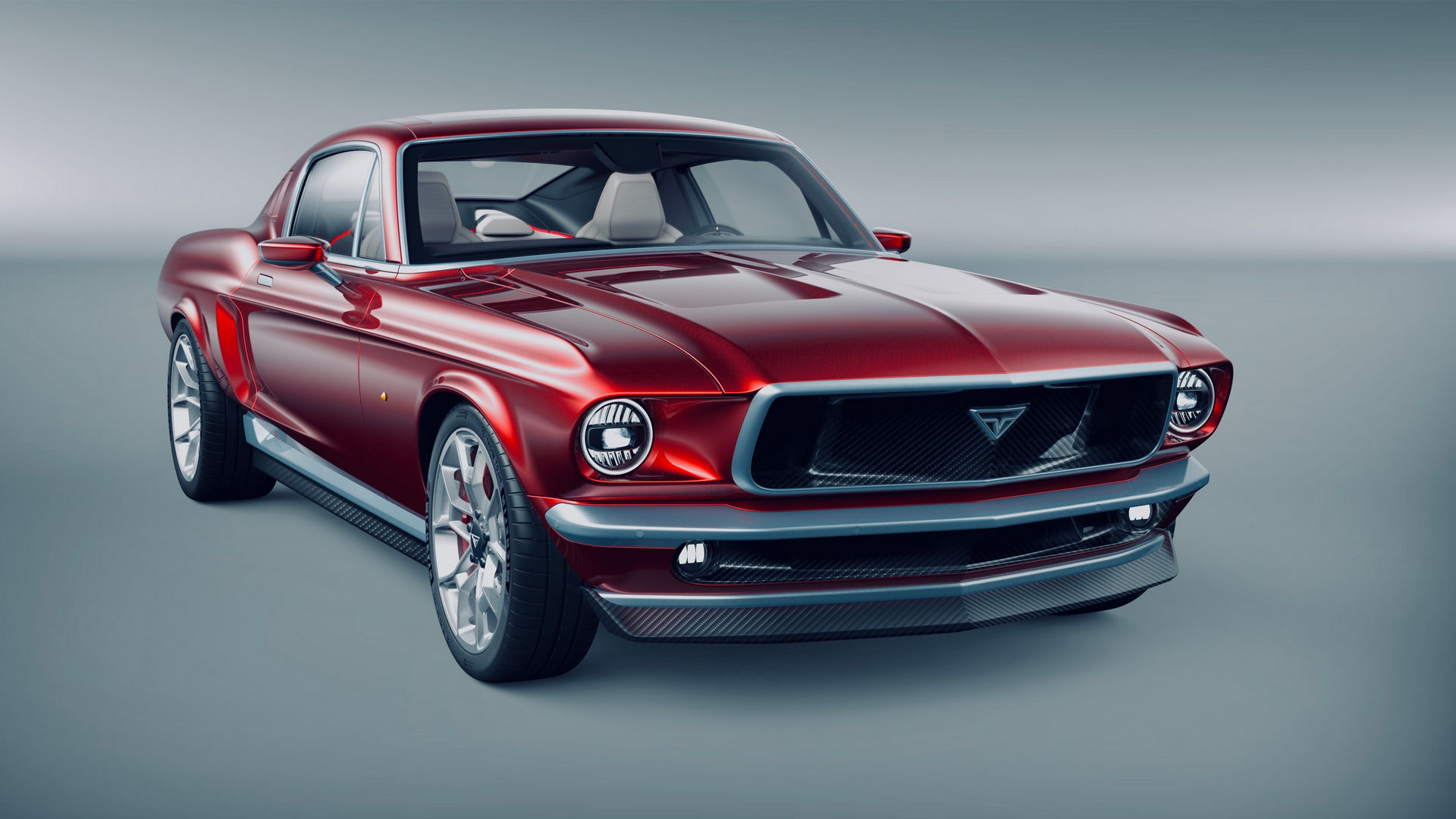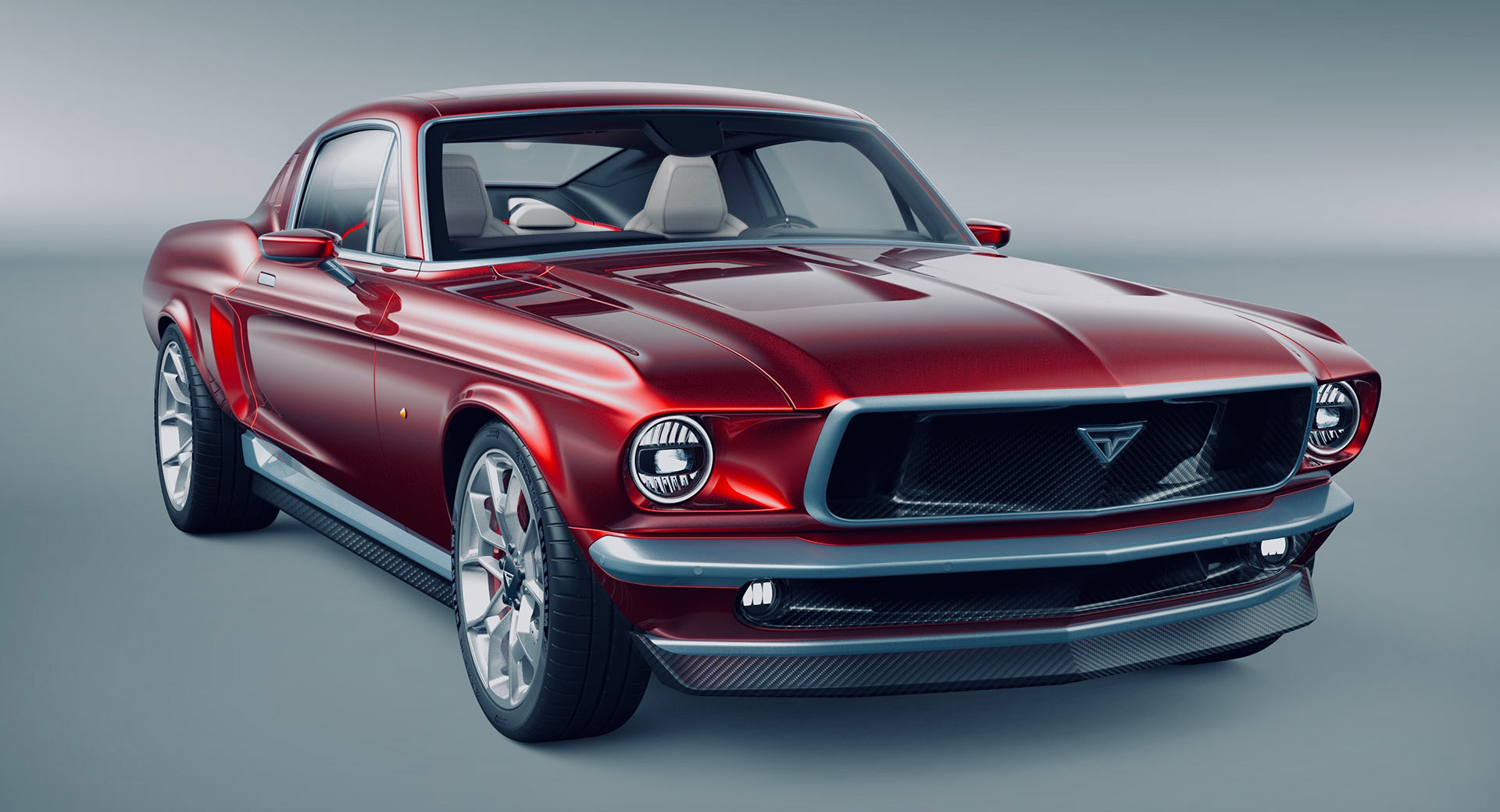I'm new to this site, but it seems to me a lot of conversion problems would be simplified if one took an entire S chassis (except the front suspension) and bolted it into another vehicle, such as a truck that has a ladder frame: this way the entire rear end, battery and all that comes with that would be done in one go! What remains, in my very simple way of looking at it, is the rest of the electronics and controls. If one had a whole car, could one not take all the bits that are connected off and place them where they belong, in the new vehicle, even repurposing existing wiring, harnesses, connectors, etc..? I've looked high and low for posts that have taken this approach, and so far haven't found a single one.
I'm also interested in knowing about how to best find and buy a wreck, so one gets as much as possible in good working condition. A front-end wreck seems to be the best, because the pieces I'm most interested in would likely be preserved. I'm in Southern Cal, and there are plenty of wreckers around, so it should be possible to find a suitable candidate, and not have to pay the big $$ that resellers ask. It would be great if one could test key components to find out if they are still OK and not damaged.
On a far-out idea, is there anyone who has thought of taking 2 complete S batteries and hooking them together? or at least being able to use them separately, that is one after the other, if not linked directly? My simplistic idea is that one could thereby get a much longer-range vehicle, even if it's a lot (?) heavier and requires longer charge time. There are vehicles I can think of that have enough ground clearance under the chassis to mount two packs, one on top of the other. Clearly there are things to be worked out with that, but the packs are structurally very rigid, so not a problem there... perhaps... And yes, the lower one would have the motor, transmission and suspension.
I'm asking a lot of big questions, hoping there are people who know more about them than I do, and that we could advance what I think is a very interesting approach to EV conversion.
Thanks!
Tom
San Marcos CA
I'm also interested in knowing about how to best find and buy a wreck, so one gets as much as possible in good working condition. A front-end wreck seems to be the best, because the pieces I'm most interested in would likely be preserved. I'm in Southern Cal, and there are plenty of wreckers around, so it should be possible to find a suitable candidate, and not have to pay the big $$ that resellers ask. It would be great if one could test key components to find out if they are still OK and not damaged.
On a far-out idea, is there anyone who has thought of taking 2 complete S batteries and hooking them together? or at least being able to use them separately, that is one after the other, if not linked directly? My simplistic idea is that one could thereby get a much longer-range vehicle, even if it's a lot (?) heavier and requires longer charge time. There are vehicles I can think of that have enough ground clearance under the chassis to mount two packs, one on top of the other. Clearly there are things to be worked out with that, but the packs are structurally very rigid, so not a problem there... perhaps... And yes, the lower one would have the motor, transmission and suspension.
I'm asking a lot of big questions, hoping there are people who know more about them than I do, and that we could advance what I think is a very interesting approach to EV conversion.
Thanks!
Tom
San Marcos CA




